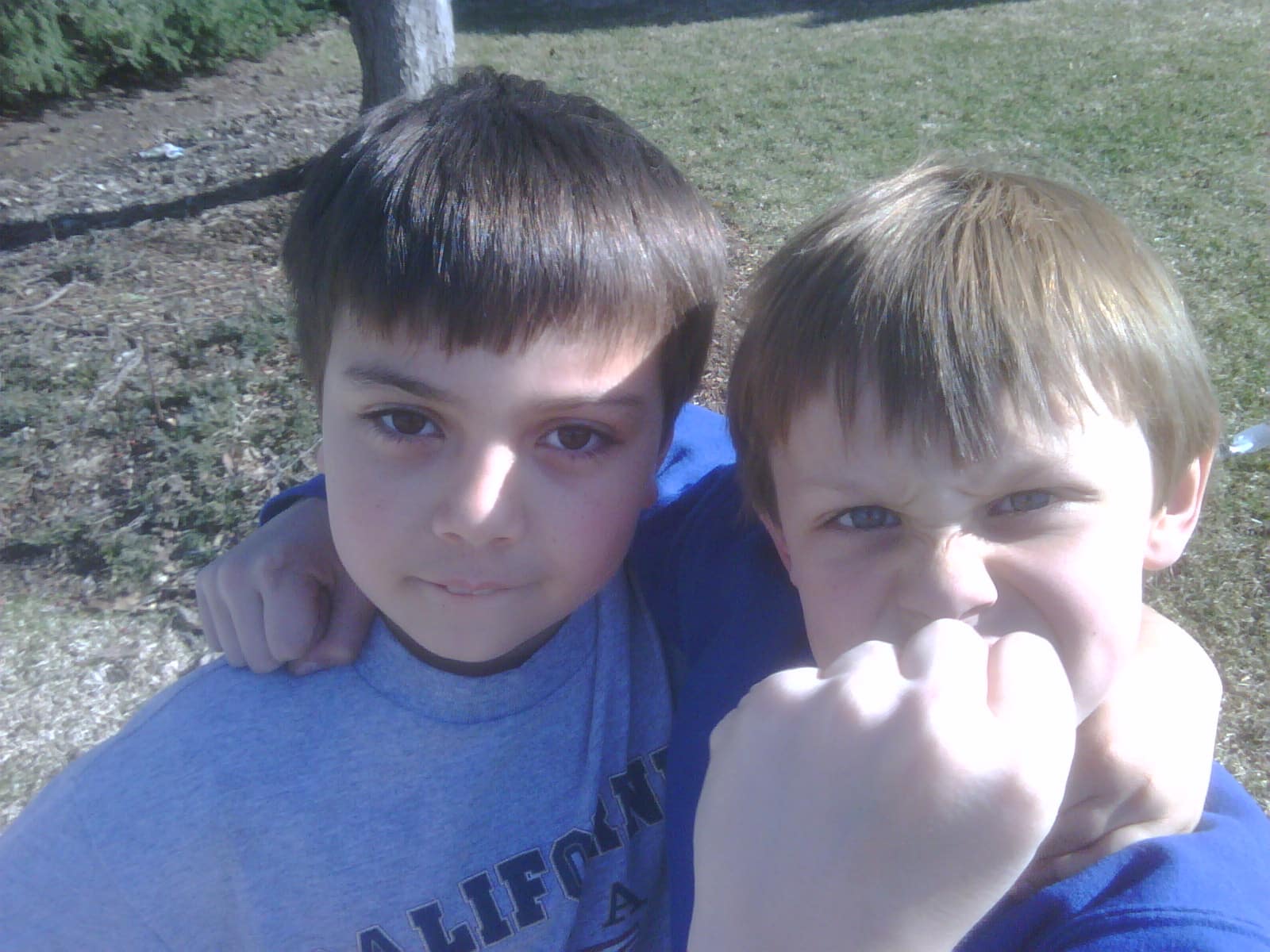Bullying Prevention Education

Three SOS 4 Kids instructors were recently certified by the Canadian Red Cross to provide Bullying Prevention Education workshops. Sue Perry, Velma Ganassini and Ally Turner-Sommer completed “Beyond the Hurt” training, a resource workshop of the RespectED: Violence & Abuse Prevention program. “Beyond the Hurt” enables youth and adults to educate peers on how to define, identify, prevent and respond to bullying. The program fosters healthy relationships between youth and promotes respect, kindness and non-violence towards one another.
Bullying and harassment exist everywhere in society: in schools, sports, activities and even at the workplace. Youth-serving organizations can no longer ignore the problem and now have a legal obligation to take complaints seriously and to commit to providing a safe environment for all young people. Youth who are bullied or who witness bullying can seek help from adults in charge and know that they have the right to a safe environment and to receive help and protection when needed.
If a child is being bullied, here are some strategies they can use when they feel unsafe.
In the moment ……
• Stay calm and appear confident. Let the bully know that what they are doing is wrong.
• Stand up for yourself but don’t be aggressive or violent.
• Try to get support from bystanders or, if possible, get to an adult nearby.
• Run away to safety and tell an adult, if possible.
After the incident …..
• Talk to an adult in charge. Ask a friend to go with you if you need support.
• Be assertive when the adult is not paying attention or listening. Keep telling the adult “I have a safety problem”, until you get the adult’s full attention. If the adult does not deal with the problem, go to another adult. Don’t give up.
• Contact the Kids Help Phone Line to get help at 1-800-668-6868 or www.kidshelpphone.ca.
If a child is witnessing a bullying situation, here are some intervention strategies they can use.
In the moment …..
• Tell an adult. It is not tattling to tell an adult when there is a bullying situation or a safety problem.
• Intervene by supporting the victim and speaking up against bullying, if it is safe to do so.
• Be confident and calm but don’t be aggressive or violent. Tell the bully that it is wrong to hurt other people.
• Ask other bystanders to join you when standing up to a bully, if it is safe to do so. It is hard and brave to stand up to a bully but by doing so the bystander shows support for the victim. By doing nothing, the bystander shows support for the bully.
After the incident …..
• Be a friend to the victim. Be inclusive.
• Tell an adult in charge. Go with the victim to provide support.
Bullying exists because the bully feels more powerful than the victim. When bystanders align themselves with the victim, the bully’s power is lessened and the victim’s power increases. This helps to eliminate bullying. Youngsters are often too afraid or don’t have the confidence to speak up for someone who is being bullied. BUT if kids know they are not alone, bystanders may be more willing to become allies and find that inner power to help a peer.
Parents and adults working with kids need to listen attentively and respond to children’s concerns when they come with complaints, worries and fears. Children need to feel confident that adults will actually do something to make them feel safe. There are many opportunities for adults to help all three players (bully, victim, bystanders) in bullying situations. All adults can help youth by being supportive, listening, and addressing bullying situations in a manner that leads children and youth to feel safe and included.
Going back to the basics of always using good interpersonal skills that include kindness, respect and being helpful to one another are great principles for all to live by.

